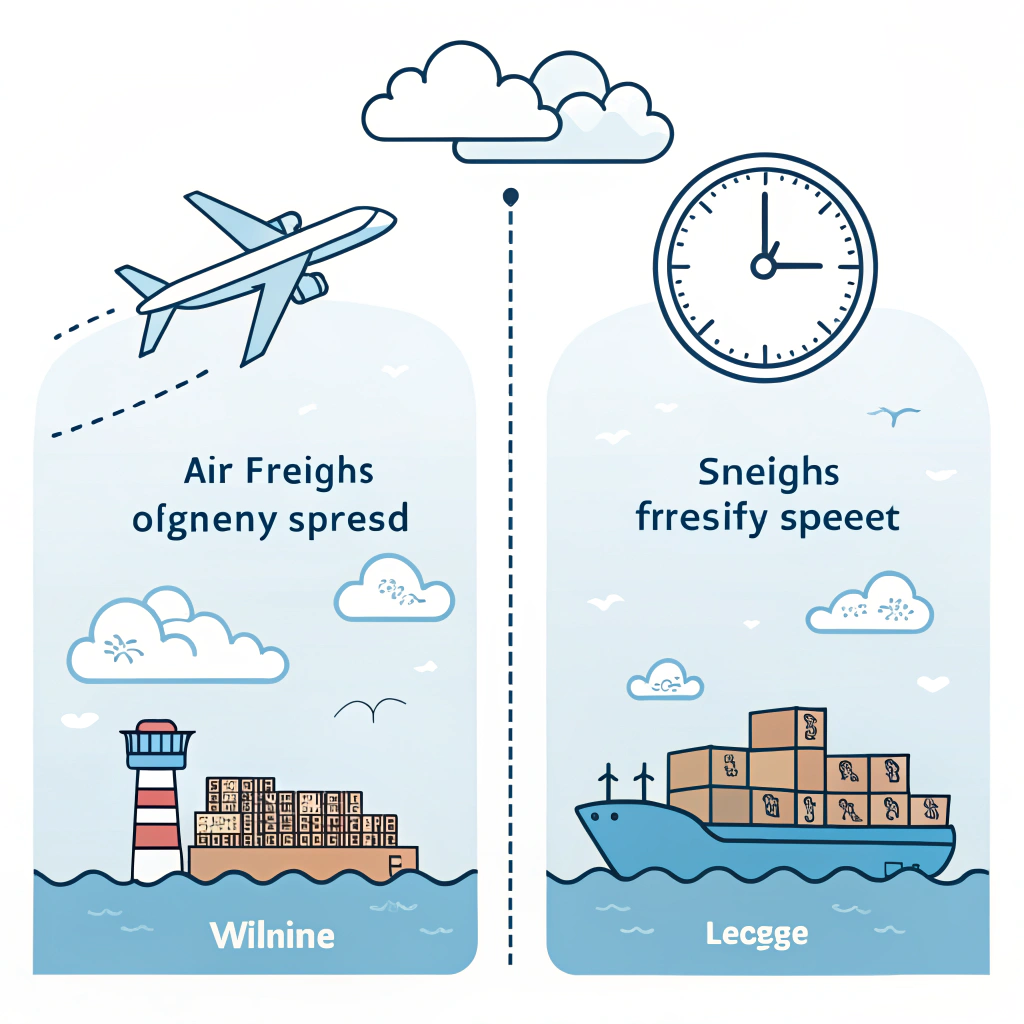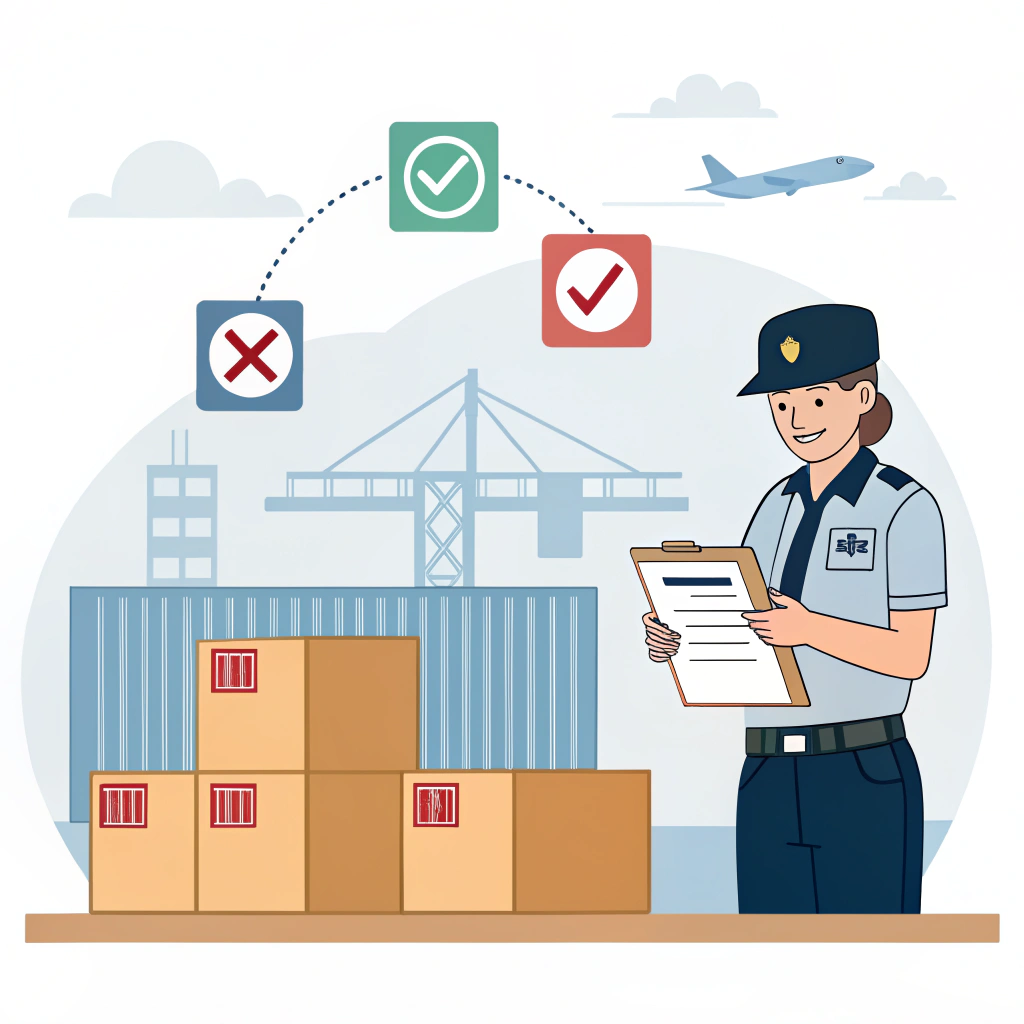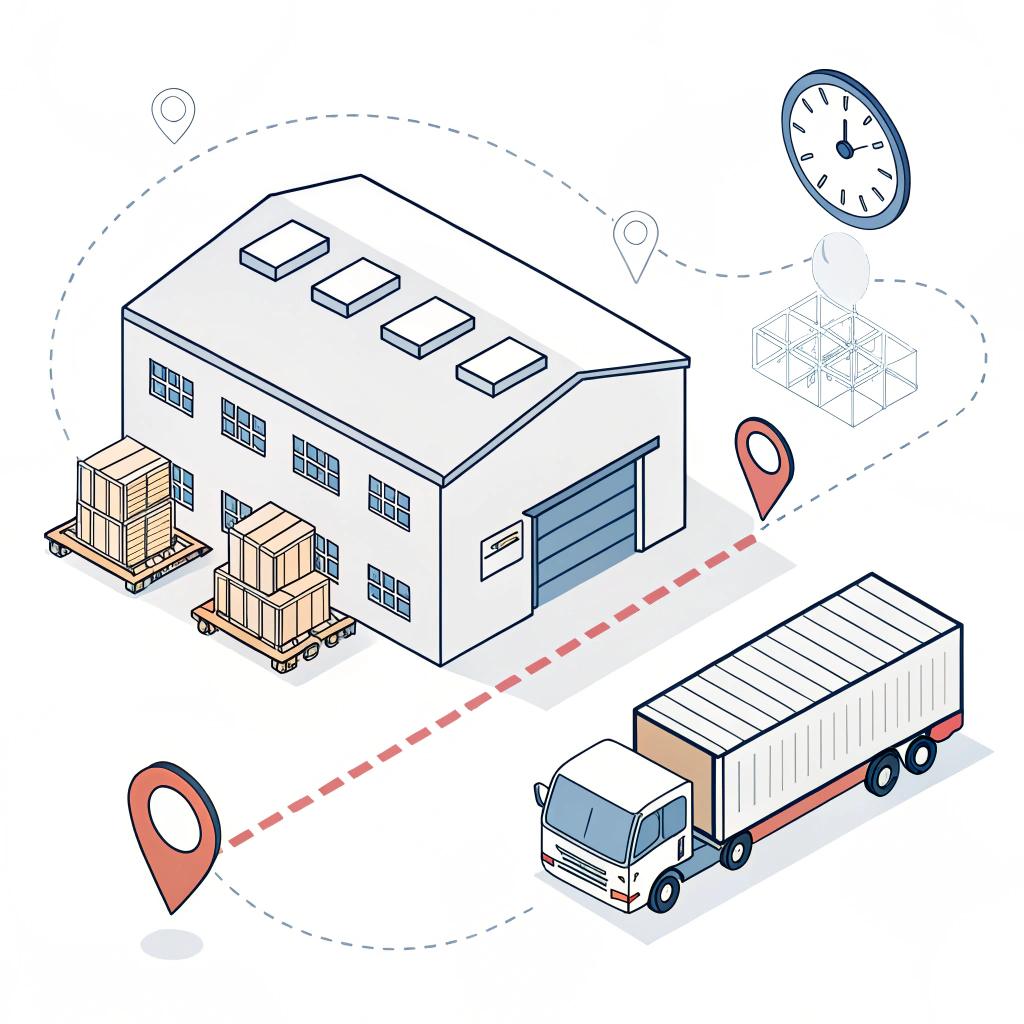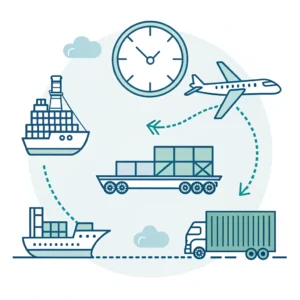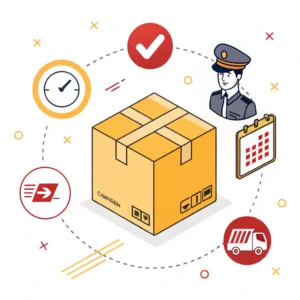Shipping goods from China to the USA can appear complex, but with professional freight agent insights, the process becomes straightforward and manageable. This article breaks down the essential stages, shipping options, and critical considerations for B2B buyers aiming to optimize their supply chains1 and reduce delays or costs.
At its core, shipping from China to the USA involves several key steps: booking freight space, cargo consolidation, customs clearance2, ocean or air transport, inland trucking, and final delivery. Partnering with a professional freight forwarder simplifies this, as they coordinate each stage while offering value-added services like warehousing, customs brokerage, and cargo tracking.
Many B2B buyers underestimate the complexities behind international freight. Customs regulations3, fluctuating transit times, and shipping cost calculations are intricate areas where experts add significant value. A professional freight agent:
- Navigates import regulations and documentation efficiently.
- Provides consolidated shipments to reduce costs.
- Manages less than container load (LCL) and full container load (FCL) options based on your volume.
- Offers door-to-door service, ensuring end-to-end logistics visibility.
- Coordinates warehousing and distribution both in China and the USA.
| Criteria | Air Freight | Ocean Freight |
|---|---|---|
| Transit Time | 3-7 days | 15-30 days |
| Cost | Higher (per kg basis) | Lower (per container basis) |
| Cargo Volume | Best for small, urgent shipments | Ideal for large or heavy cargo |
| Reliability | More predictable due to scheduled flights | Potential delays due to port congestion |
| Environmental Impact | Higher carbon footprint | Lower carbon footprint |
Air freight is best for urgent, high-value goods weighing less or those requiring fast replenishment cycles. Ocean freight suits larger shipments where cost efficiency takes priority but longer transit is acceptable.
For businesses without full container load requirements, consolidation or LCL services make ocean shipping economically feasible. Consolidation combines multiple small shipments into one container, dividing freight costs among shippers while maintaining customs compliance and safety.
| Option | Description | Best For |
|---|---|---|
| Full Container Load (FCL) | Exclusive use of an entire container | Large shipments, dedicated loads |
| Less Than Container Load (LCL) | Shared container with other shipments | Small orders, cost-saving on space |
| Consolidation Shipping | Grouping different items from multiple suppliers | Multi-origin shipments into single delivery |
Consolidation services are crucial for supply chain efficiency, reducing both logistics complexity and delivery times.
Customs clearance is a critical bottleneck if not managed properly. Proper import documentation including commercial invoices, packing lists, certificates of origin, and customs forms must be accurate and timely submitted. A trusted customs brokerage4 service:
- Minimizes paperwork errors.
- Expedites clearance to prevent storage fees or fines.
- Applies tariffs and duties correctly to optimize cost.
Understanding U.S. Customs and Border Protection (CBP) requirements upfront helps avoid common pitfalls such as improper classification or valuation of goods.
Optimal warehousing solutions in both China and the USA are vital to create a seamless supply chain. Warehouses near port cities reduce lead times for picking, packing, and dispatching goods with flexible door-to-door services. Inland trucking completes the last leg efficiently ensuring prompt deliveries to your facilities or customers.
Supply chain managers should note:
- Integration of warehousing with freight forwarding reduces handling.
- Pallet repack and merge-in-transit services enhance consolidation.
- Real-time cargo tracking improves transparency throughout shipping.
Freight shipping costs depend on freight mode, volume/weight, transit routes, and additional services like insurance or handling fees. Request detailed quotes covering all elements, including potential customs tariffs.
Risk factors include:
- Transit delays due to weather or congestion.
- Damage or loss during transport.
- Compliance risks with import/export regulations.
Purchasing freight insurance and working with experienced forwarders with strong global networks mitigate these risks.
A mid-size electronics retailer consolidates orders from various Chinese suppliers. By choosing a freight forwarder providing consolidation services, customs brokerage, and warehousing in Shenzhen plus a US warehouse near Los Angeles, the retailer reduces shipping costs by 25% and shortens average delivery time by a week through synchronized operations.
Shipping from China to the USA can be simplified by engaging professional freight forwarding partners who understand customs, offer flexible shipping modes, and manage warehousing and delivery seamlessly. Key recommendations include:
- Identify shipping volume and urgency to choose air or ocean freight.
- Use consolidation services to optimize costs on smaller shipments.
- Ensure accurate customs documentation and work with trusted brokers.
- Leverage warehousing and last-mile delivery services.
- Ask for transparent cost breakdowns and consider freight insurance for risk reduction.
By following these guidelines, procurement and logistics managers can boost supply chain efficiency and reduce delays or hidden costs.
Q1: What are the main differences between air freight and ocean freight from China to the USA?
Air freight offers faster transit times (3-7 days) at a higher cost per kilogram and suits small urgent shipments. Ocean freight is cost-effective for large shipments but takes longer (15-30 days). Reliability can vary due to port congestion with ocean shipping, while air freight follows more predictable flight schedules.
Q2: How does consolidation shipping work for shipments from China to the USA?
Consolidation shipping groups multiple smaller shipments from one or more suppliers into a single container. This reduces costs as freight charges are shared, and it streamlines customs clearance and handling. It's ideal for businesses with less-than-container load volumes seeking economical shipping options.
Q3: What documents are needed for customs clearance when importing goods from China to the USA?
Key documents include commercial invoices, packing lists, certificates of origin, and specific U.S. Customs and Border Protection forms. Accurate submission of these documents prevents delays and additional fees. A reliable customs brokerage service ensures compliance and expedites clearance.
-
Supply chains: Reading this will help you understand how interconnected processes and logistics work together to move goods efficiently from suppliers to customers, reducing costs and delays. ↩ ↩
-
Customs clearance: Learn about the procedures required for goods to legally enter a country, including inspections and document submissions, which can drastically affect delivery times and costs. ↩ ↩
-
Customs regulations: Explore the rules governing import/export activities to ensure compliance, avoid fines, and navigate complex legal requirements in international shipping. ↩ ↩
-
Customs brokerage: Understand how experts in customs brokerage manage documentation and communication with customs authorities to expedite clearance and minimize disruptions. ↩ ↩


